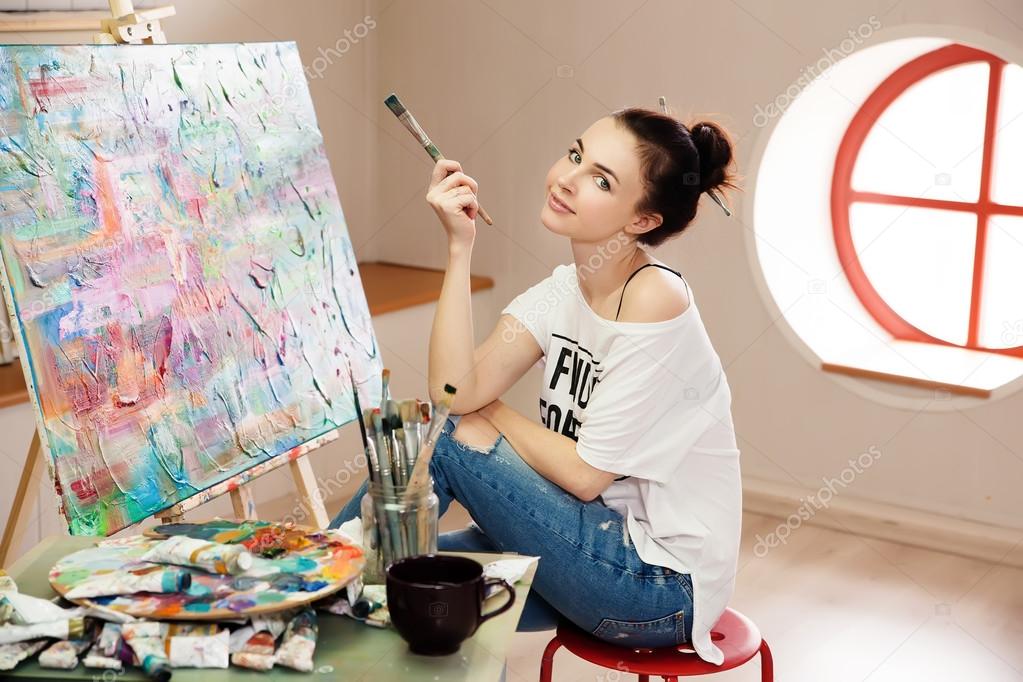How to Plan a Photo-Based Painting Project Like a Pro
Planning a photo-based painting project can be an exhilarating endeavor for professional photographers seeking to blend their love of photography with the expressive nature of painting. By merging these art forms, photographers can add a new dimension to their artwork, evoking emotions and stories that transcend traditional boundaries.
For many photographers, the thought of taking that cherished photograph and transforming it into a stunning canvas masterpiece can seem daunting. Rest assured, with a systematic approach, anyone can master the art of planning a photo-based painting project. In this article, we will explore the essential steps needed to embark on this creative journey and create captivating works of art.

Understanding the Concept of Photo-Based Painting
Before diving into the details, let's clarify what photo-based painting entails. It involves using photographs as primary references or inspirations to create paintings. This fusion allows artists to play with lighting, colors, and composition while drawing directly from photographic elements. This approach extends beyond mere replication and opens doors to experimentation with various styles and interpretations.
An understanding of this concept is crucial as it influences every decision in the planning process.
Identify Your Artistic Vision
Every successful project begins with a vision. Ask yourself the purpose behind the painting. Is it to capture the serene beauty of a landscape, convey a powerful emotion, or immortalize a cherished memory? Identifying your artistic vision will guide all subsequent decisions.
Exploring themes such as expressing nostalgia can help refine your vision. This thematic exploration can ignite passion and creativity, which will be reflected in your project.
Selecting the Perfect Photograph
Choosing the perfect photograph as your source material is a crucial step. Consider a photo that has strong emotional impact or captivating composition. Review your portfolio for high-quality, high-resolution images that offer intricate details critical for a painting.
Take inspiration from photographers who harmonize photography with painting such as those discussed in the article on photography inspired by painting. Learning from the masters can amplify your understanding and enhance your own style.
Planning and Preparation
Material Selection
Materials form the backbone of your project. Select materials that complement your artistic expression and theme. Research the various supplies needed for photo-based painting, and make your choices based on texture, durability, and finish.
Understanding the textures that different materials offer can substantially influence the final product's visual appearance.
Canvas Choices
The type of canvas you choose will significantly affect your painting. Different canvases offer unique textures and finishes, influencing both the painting technique and outcome. Familiarize yourself with various canvas options available to discover which ones align with your vision.
Sketching and Composition
Once you've gathered all materials, start with a preliminary sketch of your composition. Consider adjustments or enhancements that can enhance the visual appeal. A well-thought-out composition sets the stage for the painting, enabling artists to explore creative possibilities without altering the essence of the original photograph.
Techniques and Style Exploration
Venturing into photo-based painting is a chance to experiment with different techniques and styles. Whether blending abstract elements with realism or focusing on brushwork, allow yourself to explore and refine your signature style.
Seasoned photographers often explore techniques like chiaroscuro or impasto to add dimension to their paintings. Such exploration contributes to a deeper understanding and appreciation of art and photography's synergy.
Project Execution and Layering
With meticulous planning, the execution becomes a rewarding experience. Start with a foundational layer and build subsequent layers to achieve desired depth and dimension. Pay attention to the lighting and shadows, ensuring they replicate the mood captured in the photograph.
Technique precision is vital at this stage and offers an opportunity to embed your unique style into the painting, enriching the narrative and personal connection to the artwork.
Overcoming Common Challenges
Every project presents challenges, and photo-based paintings are no different. Balancing the nuances of photography and painting is a delicate art requiring attention to detail.
Consult resources like how to avoid pitfalls to identify common issues and adopt effective workarounds. This strategy ensures your project remains smooth and successful.
Final Touches and Presentation
The finishing touches are where your project takes its final form. Emphasize details and make any necessary refinements to highlight critical elements. Ensure the final work aligns with your initial vision and evokes the anticipated emotional response.
Display your painting proudly, and consider showcasing it in exhibitions or online platforms. When promoting your work, social media hashtags can enhance visibility and reach a broader audience.
Melodic Planning for Lead Photographers
Inspecting every facet mentioned, a structured approach allows professional photographers to explore uncharted creative territories with confidence and finesse.
By merging photography with painting, new vectors of self-expression emerge, transcending artistic boundaries and creating paintings that resonate with depth and authenticity.

FAQs
Q1: What are some good sources of inspiration for photo-based painting projects?
A1: Strong emotional content, distinctive compositions, and high-quality images from personal portfolios often serve as ideal sources of inspiration.
Q2: How do I choose the right canvas for my photo-based painting?
A2: Research various canvas types, focusing on texture and finish. Consider reviewing guides on canvas options.
Q3: What should I consider when planning the composition for my painting?
A3: Look into lighting, shadows, emotional messages, and theme interpretations. Sketch preliminary layouts for balanced and engaging compositions.

